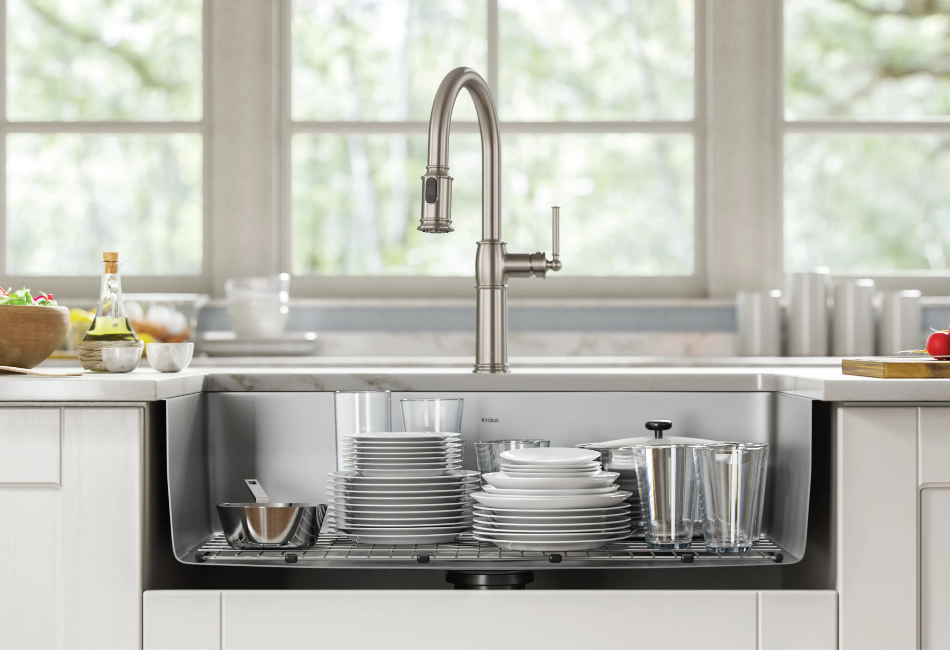When it comes to outfitting a commercial kitchen, every detail matters. One of the most essential components of this bustling workspace is the commercial kitchen sink. This often-underestimated fixture plays a pivotal role in food preparation, dishwashing, and maintaining hygiene. Whether you’re setting up a restaurant, catering business, or any food-related establishment, choosing the right commercial kitchen sink is crucial for a seamless operation. In this comprehensive guide, we’ll delve into every aspect of commercial kitchen sinks, helping you make informed decisions to create a functional and efficient culinary space.
Commercial Kitchen Sink: A Multifunctional Workhorse
A commercial kitchen sink serves as the cornerstone of your food establishment. It’s not just a place to wash dishes; it’s a multitasking workhorse that facilitates food prep, dish cleaning, and maintaining sanitary standards. From rinsing fresh produce to scrubbing pots and pans, this versatile fixture is where culinary magic begins.
Key Considerations When Choosing a Commercial Kitchen Sink
Selecting the right commercial kitchen sink involves more than just picking a size and shape. Here are some crucial factors to keep in mind:
- Size and Layout
The size of your kitchen and the volume of daily operations will influence the sink size you need. A spacious sink is essential for handling large pots and pans, while multiple compartments allow for efficient multitasking.
- Material Matters
Commercial sinks are typically crafted from stainless steel, cast iron, or composite materials. Stainless steel is a favorite due to its durability, resistance to corrosion, and ease of maintenance.
- Number of Compartments
Choosing between a single, double, or triple compartment sink depends on your workflow. Single compartments are suitable for smaller spaces, while multiple compartments aid in segregating tasks.
- Faucet and Sprayer
Opt for a high-quality faucet with a flexible sprayer. This enhances efficiency during dishwashing and food prep.
- Drainage and Slope
Proper drainage is essential to prevent standing water and potential hygiene issues. Look for sinks with a slight slope that directs water toward the drain.
- Installation Type
Commercial sinks come in drop-in, undermount, and wall-mounted options. Consider your kitchen layout and cleaning preferences when choosing the installation type.
Maximizing Efficiency: Organizing Your Sink Space
Efficiency is the name of the game in a commercial kitchen. Here’s how to optimize your sink area:
- Sorting Stations
Designate specific areas for rinsing, washing, and sanitizing. This streamlines the process and minimizes cross-contamination.
- Dish Drying
Install ample drying racks or counters adjacent to the sink for air-drying washed dishes and utensils.
- Waste Disposal
Integrate a waste disposal unit near the sink to conveniently dispose of food scraps, reducing the risk of clogs.

